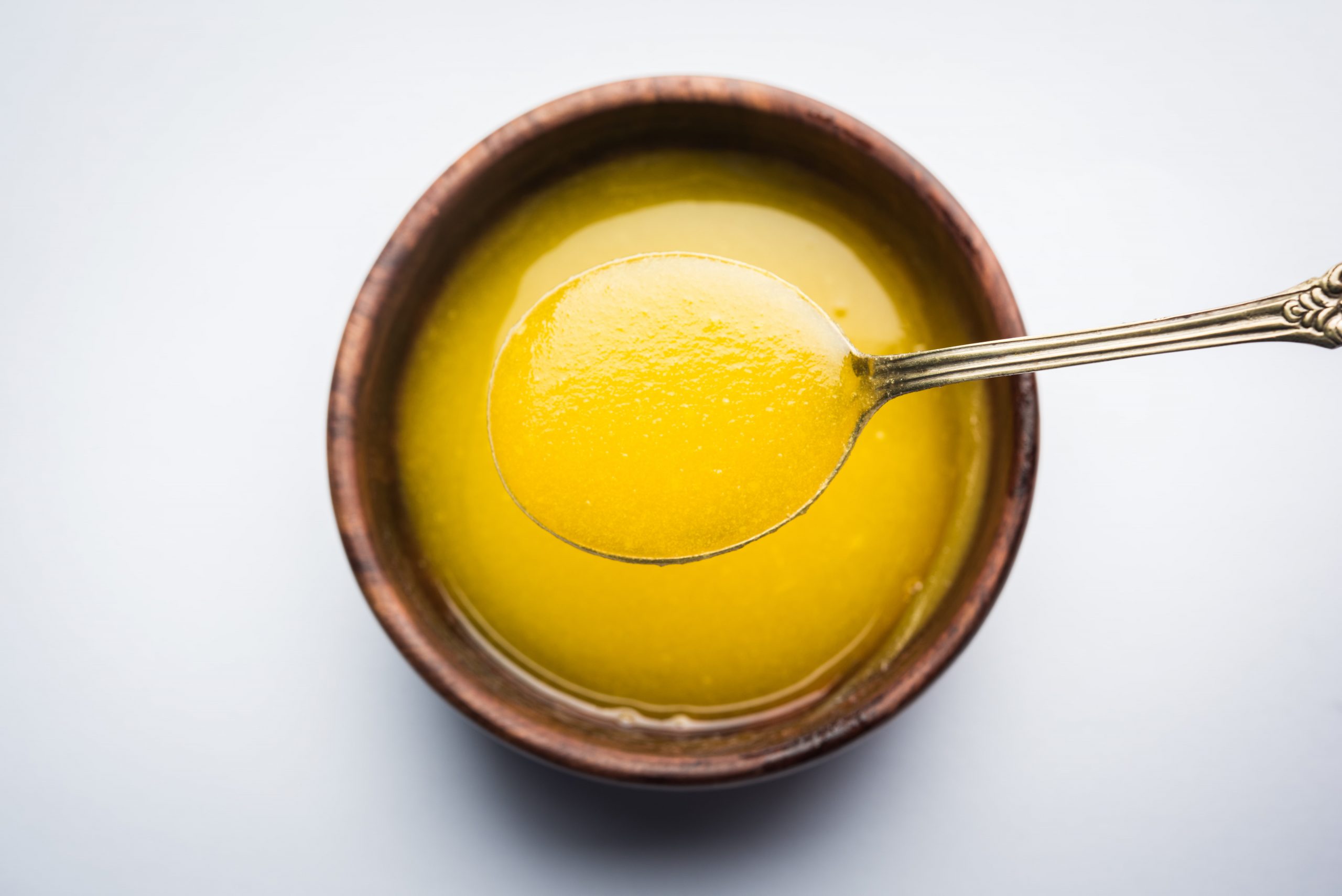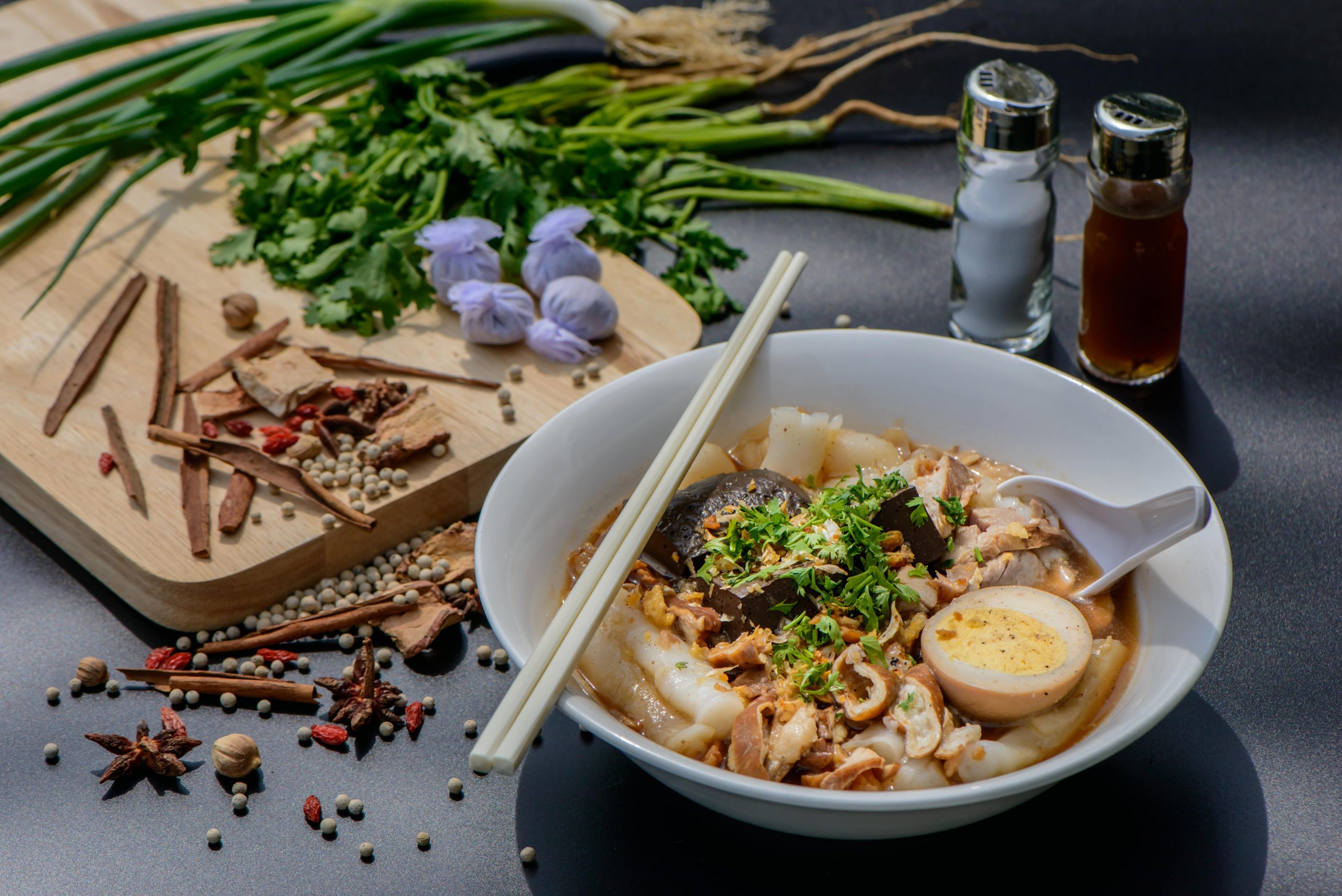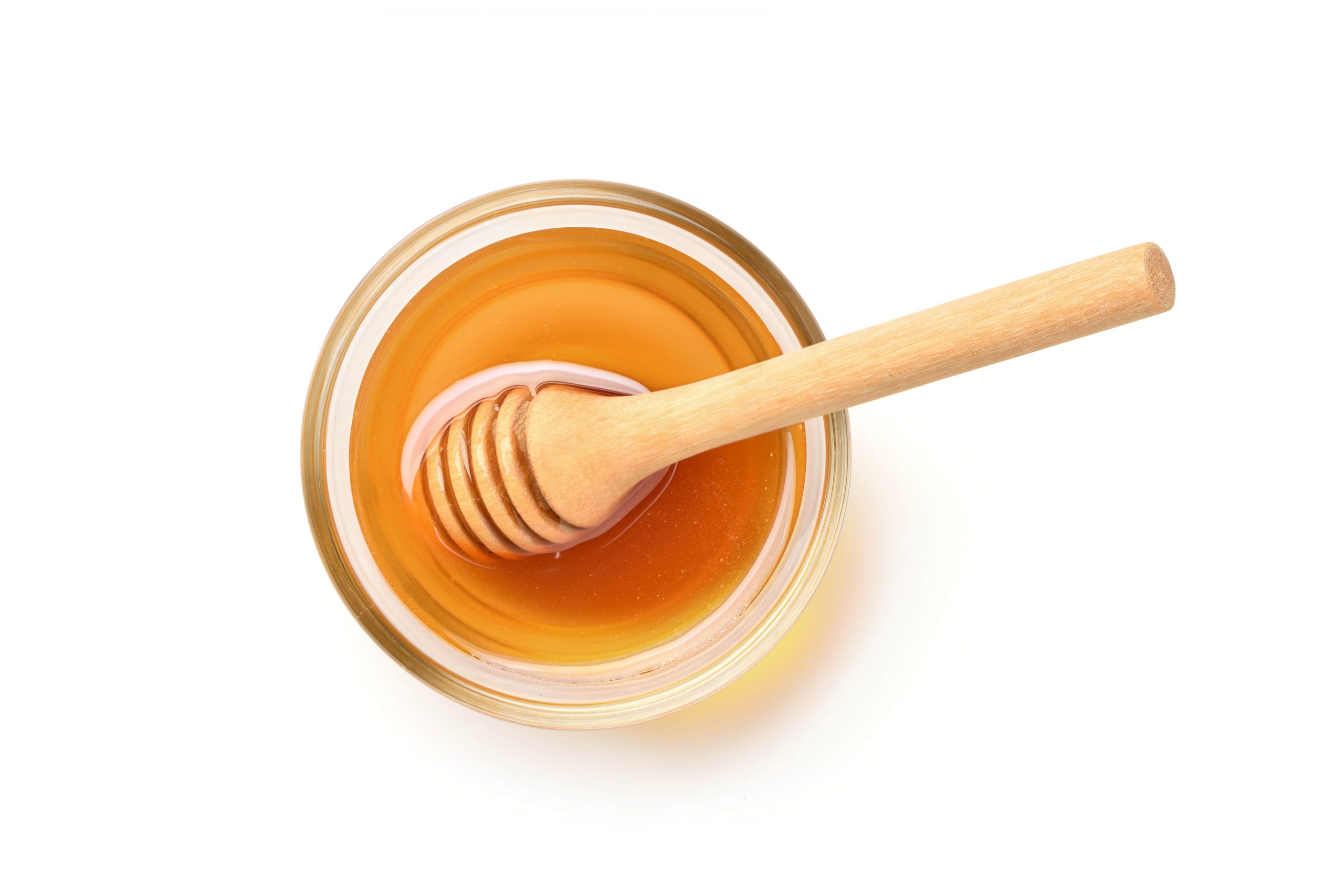Ghee and butter are both healthy picks when consumed moderately. While ghee may have slightly more vitamins A & E and saturated fats than butter, no evidence proves that one is better than the other.
Ghee and butter have long been used for baking and frying because of their rich nutritional profile. People have different preferences, with some claiming that ghee is healthier than butter. However, the nutritional profiles of these two milk products are nearly the same, technically creating no nutritional variations in consuming them. What is ghee, and how does it compare to butter? Peer into this article for it answers these questions and also explores the benefits and side effects of ghee.
Understanding ghee
It’s critical to understand what ghee is before exploring its benefits, side effects, and how it compares with butter. Simply put, it can be defined as a milk product made by clarifying butter. Clarified butter means the liquid milk parts have been removed, leaving the final product more fat-concentrated. As such, ghee comes in handy when you want to prepare cuisines that call for more fat. It is a popular Indian and Pakistani dairy product that’s long been featured in culinary uses when preparing different recipes.
Furthermore, ghee is also popularized as a medicinal product. The Indian culture uses it as a suitable alternative in Ayurveda, and it is called ghrita in this context. Some sources say that ghee is a term with an Indian/Pakistani origin meaning ‘sprinkled,’ explaining the popularity of this product in these Asian sections. It’s also said that ghee was introduced as a preservative form of the creamy butter, which gives a unique mouthfeel, but not without susceptibility to weather. Thankfully, in its semi-solid form, ghee easily solidifies during cold weather but still remains fresh. In fact, it can stay for months without refrigeration, justifying the fact that it is a preservative form of butter.
Preparing ghee
Many people like ghee because you can readily prepare it at home, and it does not need many things to start you off. In fact, the most important ingredient in making ghee is butter, preferably grass-fed and unsalted. The next process would be basically heating the butter for all the liquid parts and protein casein to evaporate, leaving ghee behind. You then allow it to cool, then strain it before packaging. Here are the individual steps you can follow to prepare your home-made ghee;
- Cut 450 g butter block into small cubes and put them on a large skillet or pot
- Subject the pot to low heat and allow it to melt and simmer
- Use a spoon or cooking stick to eliminate any forms visible in the ghee as melting and simmering continue
- Set the temperature low and allow the butter to heat for 15-25 minutes
- The ghee starts forming when you see milk solids solidify and collect at the bottom of the pan, creating deep golden yellow deposits with a fragrant, nutty, aromatic smell
- When the ghee forms no more, discontinue the heating and allow the ghee to cool for some minutes
- Use a coffee filter or sackcloth to strain your fully-formed ghee
As mentioned previously, ghee is more stable and can stay for months without refrigeration. You can store it at room temperature and have it fresh for up to 4 months.
How do ghee and butter compare nutritionally?
Ghee and butter are rich in saturated fats and packed with calories with slight differences. For instance, 14 g (1 tablespoon) of ghee has 12 calories, and 9 g of saturated fat, while the same amount of butter has 100 calories and 7 g of saturated fats. Besides, the two vary slightly in unsaturated fats, whereby ghee has 4 g of monounsaturated fat per 14 g while butter has 3 g monounsaturated fat for the same gram both have trace amounts of carbs and protein, and 1% DV of vitamin K. Still, ghee has slightly more vitamins A (13% DV) and E (3% DV) than butter (11% and 2% DV for vitamins A and E, respectively. Nonetheless, these are only small variations that do not affect the net nutritional gain from these two dairy products.
Ghee and butter as culinary ingredients
Ghee and butter are concentrated saturated fats, meaning that their molecules are stable, making them better stand high temperatures. Unlike many vegetable and seed oils that easily produce harmful acrylamide compounds, ghee seems to be stable and is not easily damaged with high temperatures. For instance, one study investigated the amount of acrylamide compounds produced by ghee and soy oil at the same temperature and observed that the latter produced ten times as much as ghee.
Still, there are slight differences when it comes to culinary uses of ghee and butter. This is because ghee has a higher smoke point than butter. As such, the latter becomes a better option when cooking at extremely high temperatures. Nonetheless, we cannot overlook the creamy mouthfeel that comes with butter, making it a more viable option when baking or preparing recipes that require a creamy feel.
Benefits linked to ghee
The following are the perks associated with ghee;
- It is loaded with butyrate, a form of short-chain fatty acids that help the body fight inflammation and improve digestive health
- It is a good source of vitamins, primarily vitamin A (13% in a tablespoon of ghee)
- It is a modest source of fatty acids, especially the conjugated linoleic acid (CLA) fats linked to lower cholesterol and blood sugar levels, and weight gain
- The omega- 3 unsaturated fats found in ghee makes it good for heart health and improved arterial function
Downsides of ghee
Despite having several health benefits, ghee has its flip sides. For instance;
- A higher concentration of saturated fats (9 g in a tablespoon of ghee) may mean that ghee could negatively affect those whose cholesterol levels are already high, increasing their risk of heart disease
- The cholesterol content in ghee oxidizes as the latter is produced, possibly resulting in dangerous, spontaneous compounds
Conclusion
Ghee is a dairy product made by heating butter to eliminate the liquid milk and leave behind the milk solids. It is more like butter, only that it slightly has more vitamins A and E contents and saturated fats. Nonetheless, none is better than the other, and you can enjoy them by using them moderately in your culinary applications.
- How Long Should You Bake a Boneless Chicken Breast? - April 19, 2024
- How HØJ Became the New High - June 10, 2023
- “Sahyog-Care for You”: Empowering Communities and Creating Lasting Change - June 10, 2023









